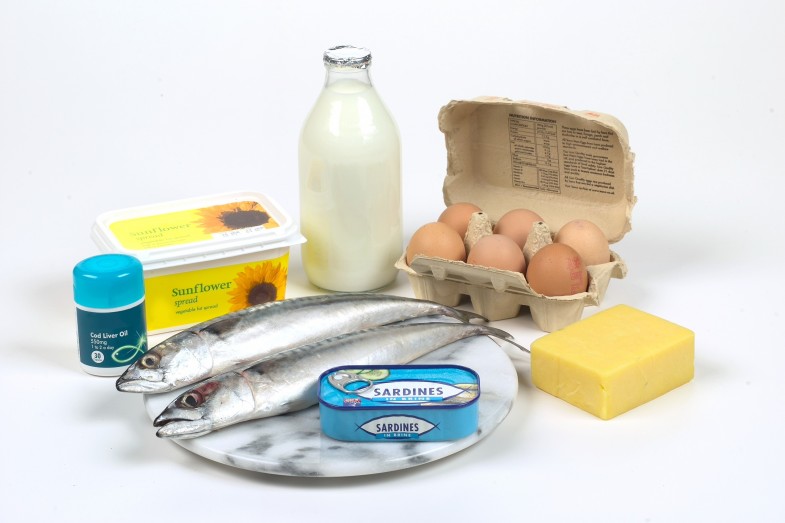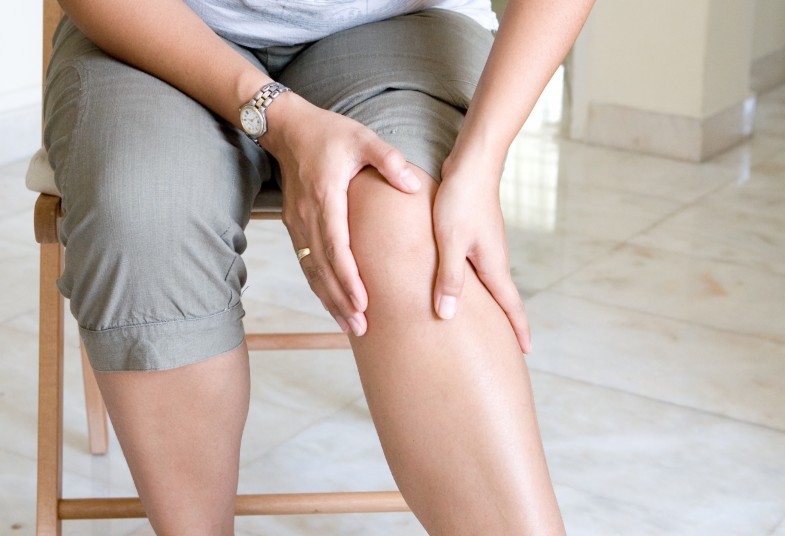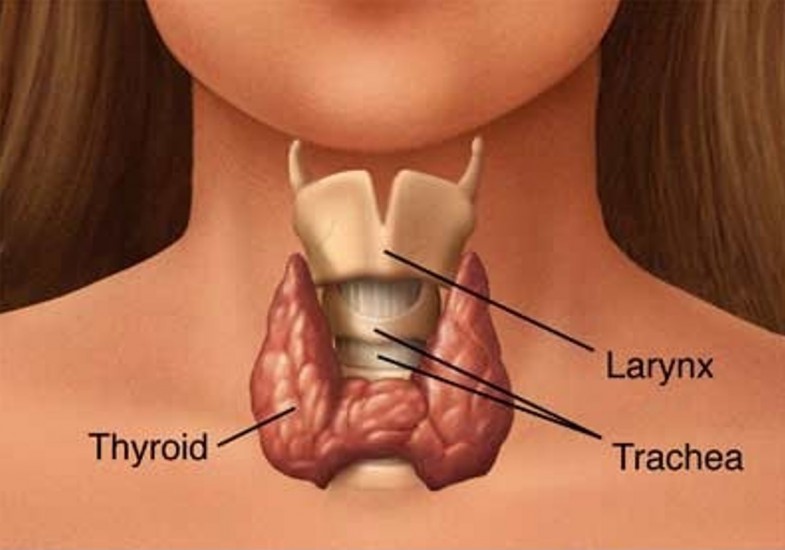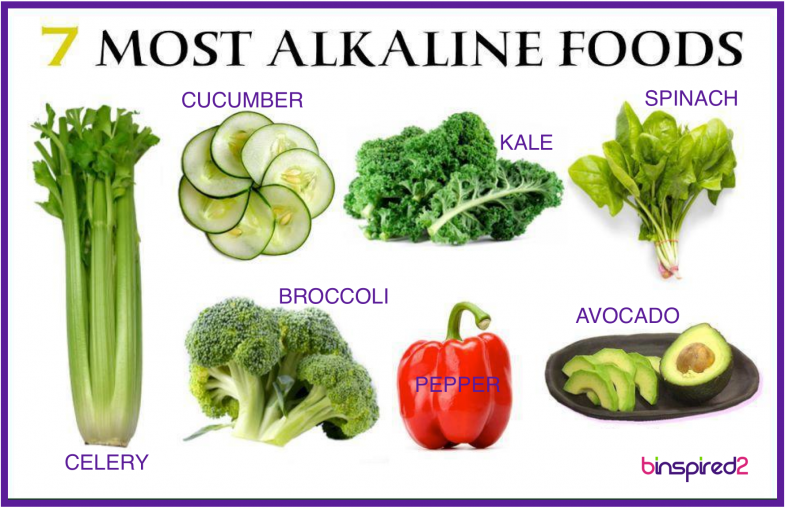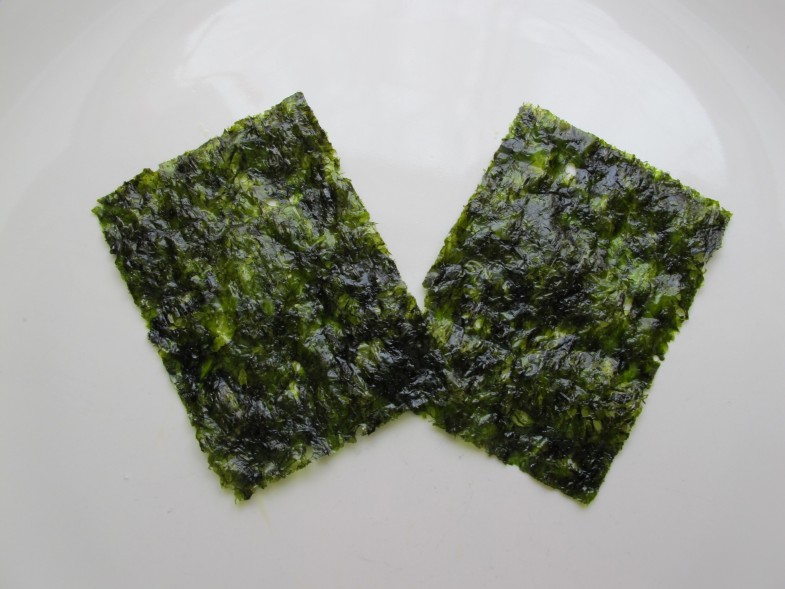
One of the tragic signs of today’s decadent and perverse world is an increase in the number of people who have lost a hand, arm, foot or leg. They lose them in various industrial accidents, auto accidents, diseases, during warfare and as a result of terrorism. Roadside bombs blow off legs and arms. Terrorist bombs often accomplish the same thing. A growing number of terrorists are now using vehicles as their weapons of choice, running into crowds of people and blowing up outside crowded buildings.
Many years ago, only a fraction of these amputees would survive and those that did, went through life with their missing limb or limbs. One of my dad’s uncles was born and raised on a farm in central Illinois in the early 1900’s. In his teen years, his left arm became entangled in a piece of farm equipment, severing it just above his elbow. In those days, there really wasn’t any prosthetic arms and Uncle Rollie had to learn how to work and run a farm with only one hand and arm. It was hard but he had no choice. He even learned to hunt using only one arm to fire his shotgun. I went hunting with him several times when I was a kid and I never saw him miss a rabbit or pheasant. I always wondered what he could have accomplish had he had both arms.
After high school, one of the guys I knew in school, Bob, was drafted into the Marine Corps, sent to Vietnam and lost his right leg in a mortar attack by the enemy. The last I knew, he was still getting around on crutches and by hopping on his one leg.
A friend of ours at our home church, Ray, had injured a knee and had to have it replaced. After several unsuccessful knee replacements, he ended up having his leg amputated above the knee. After it healed, he was fitted with a prosthetic leg. While he was able to walk, play basketball, ride a bicycle and more, his prosthetic leg still had limitations.
Amputees like Uncle Rollie, Bob and Ray and the thousands of others may have a new hope in better prosthetics in the near future. Imagine an amputee today getting a prosthetic that externally feels and looks like real skin, that can feel and even power itself.
According to a new report on the work of Ravinder Dahiya, that may soon be a reality:
“For years Ravinder Dahiya has been developing thin and flexible electronics, the kind that could be used for synthetic skin, and for years the material scientist has wrestled with various obstacles. These include making sensors that are small enough and electronics that can bend enough, not to mention how such things could be powered. His team is now reporting a breakthrough in which it has integrated solar cells into a graphene-based electronic skin, raising the possibility of prosthetic limbs that are both sensitive to touch and entirely self-powered.”
‘Electrically conductive, just a single atom thick and stronger than steel, graphene has all sorts of advantages. But it hasn’t always been so cheap. Back in 2015 Dahiya, who works at the University of Glasgow’s School of Engineering, discovered a method of production that made graphene around 100 times cheaper than before. This was good news for any scientist working with graphene and its myriad applications, whether flexible displays for phones or medical patches for drug delivery. But for Dahiya, it made using the material as the basis for synthetic skin a whole lot more feasible…”
“For years, scientists have been trying to recreate the complex neural systems that enable human skin to sense touch by building pressure sensors into various materials. We have seen piezoelectric transistors incorporated into synthetic skins making them sensitive enough to read fingerprints, other approaches that use multipurpose sensors to detect temperature and humidity in addition to pressure, and others that use pressure-sensitive materials made from inorganic semiconductors to only use a small amount of power. The issue with them all is that they need to be powered.”
“For their latest project, Dahiya and his team used single-layer graphene with a transparent polymeric protective layer on top, which is also pressure sensitive and enables the skin to detect minimum pressures of 0.11 kPa. Conveniently, graphene itself happens to be highly transparent and allows 98 percent of the light that hits its surface to pass through. Dahiya’s team took advantage of this by placing a power-generating photovoltaic cell underneath, which provides it with the 20 nanowatts of power per square centimeter that the tactile skin needs to operate.”
Dahiya’s invention holds out a lot of new hope for the many wounded military returning from the Middle East, as well as victims of traffic accidents and more. It’s possible, his innovation could offer new hope for people born without an arm or leg. Imagine giving a child born without an arm or hand, the ability to not only use a prosthetic hand, but to feel what it touches.










